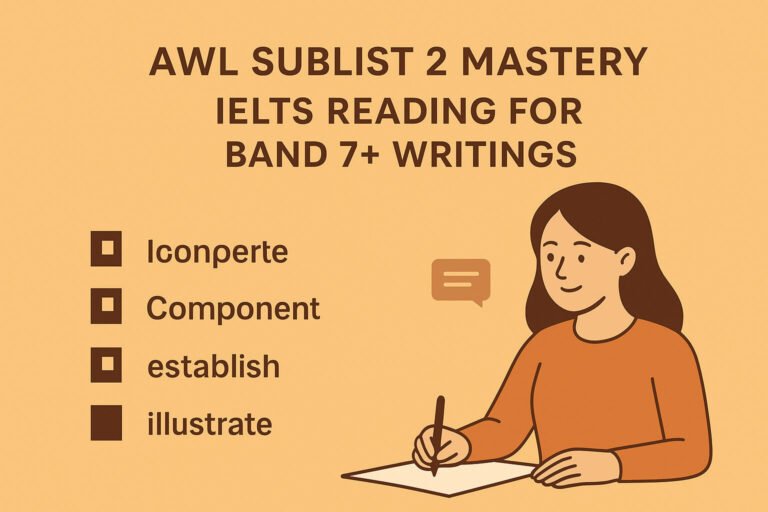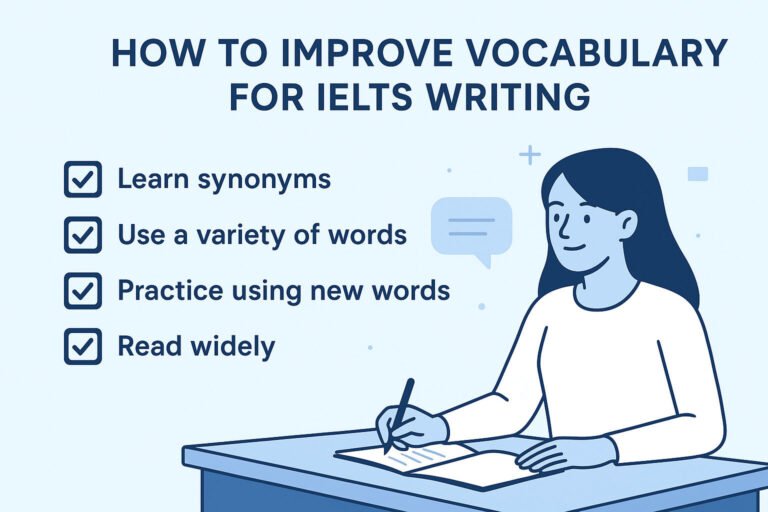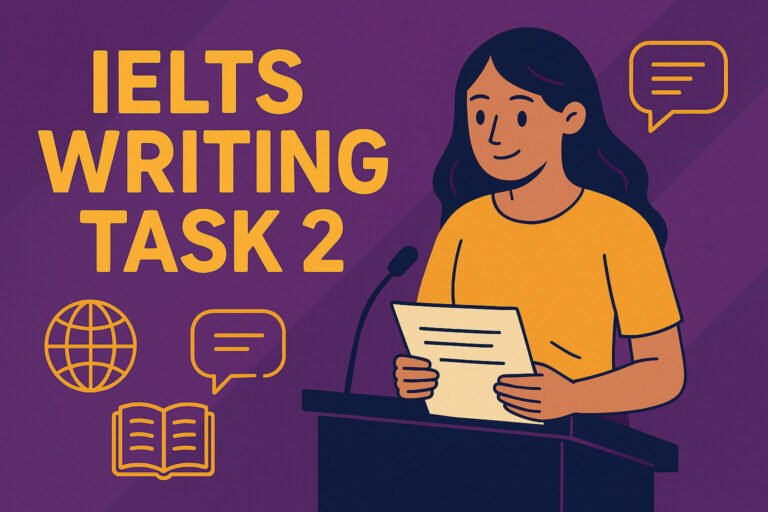Are you staring at a bar chart in your IELTS Writing Task 1 bar chart practice, feeling overwhelmed by all those colorful bars and numbers? You’re not alone—thousands of IELTS aspirants like you, dreaming of studying abroad in top universities, struggle with turning data into a high-scoring report. But here’s the good news: with the right structure, vocabulary, and tips, you can craft a band 9 response that impresses examiners. In this comprehensive guide, we’ll break down everything you need for IELTS Writing Task 1 bar chart success, including a model answer, step-by-step strategies, and practical advice to boost your score. Let’s turn that anxiety into confidence and get you one step closer to your study abroad goals!
Understanding IELTS Writing Task 1 Bar Charts
IELTS Writing Task 1 requires you to describe visual data in at least 150 words. Bar charts are one of the most common types, showing comparisons across categories like time periods, groups, or items.
What Makes a Bar Chart Unique?
A bar chart uses rectangular bars to represent data values. Horizontal bars compare categories side by side, while vertical ones often show trends over time. Key elements include the x-axis (categories), y-axis (values), and a legend if multiple data sets are involved.
In the exam, you’ll have 20 minutes to analyze and write. Focus on key trends, not every detail—examiners reward clear overviews and accurate comparisons.
Mini Takeaway: Always identify the main features first: highest/lowest points, significant changes, and overall patterns.
Step-by-Step Guide to Writing a Band 9 Bar Chart Response
Achieving a band 9 in IELTS writing bar chart means flawless structure, varied vocabulary, and precise data reporting. Follow this roadmap for success.
Step 1: Analyze the Chart (2-3 Minutes)
Scan the title, axes, units (e.g., percentages, millions), and time frame. Note extremes: What’s the highest bar? Any dramatic rises or falls?
Action Step: Jot down 3-5 key features on your question paper.
Step 2: Paraphrase the Introduction (1 Paragraph)
Rephrase the question prompt without copying. Use synonyms like “illustrates” instead of “shows.”
Example: If the prompt says “The chart shows sales figures,” write: The bar graph depicts revenue data across various periods.
Step 3: Write the Overview (1 Paragraph)
Summarize the big picture—2-3 sentences on overall trends. Avoid specifics here; save them for body paragraphs.
Tip: Use phrases like “Overall, it is evident that…” to signal this section.
Step 4: Detail Body Paragraphs (2 Paragraphs)
Group similar data: One for comparisons, another for trends.
- Use linking words: in contrast, similarly, whereas.
- Report data accurately with approximations: approximately 50%, just over 100 units.
Action Step: Aim for 4-6 sentences per paragraph, mixing complex structures.
Step 5: Proofread (1-2 Minutes)
Check grammar, spelling, and word count. Ensure variety in sentence length.
Practice timing yourself to master this process—consistency leads to band 9 magic!
Essential Vocabulary for IELTS Writing Bar Chart
Mastering IELTS writing bar chart vocabulary is key to sounding advanced. Avoid repetition by using synonyms and precise terms.
Here’s a handy table of must-know words:
| Category | Vocabulary Examples |
|---|---|
| Increases | Rose, increased, climbed, surged, peaked at |
| Decreases | Fell, declined, dropped, plummeted, reached a low of |
| Stability | Remained stable, fluctuated slightly, leveled off |
| Comparisons | Compared to, in contrast, whereas, similarly |
| Approximations | Approximately, around, just over/under, nearly |
| Time Phrases | Over the period, from 2010 to 2020, in the initial year |
Incorporate these into your writing. For instance: Sales surged to approximately 200 units in 2020, whereas they plummeted in the following year.
Also, for writing bar chart IELTS, use topic-specific words like “proportion,” “expenditure,” or “participation rates” based on the chart.
Build your vocab list weekly—flashcards work wonders for retention.
IELTS Writing Bar Chart Sample Question and Band 9 Model Answer
Let’s apply what we’ve learned. Here’s a typical IELTS writing bar chart example from practice tests.
Sample Question: The bar chart below compares the number of jars of peanut butter and jelly sold at a supermarket over a five-year period from 2012 to 2016. Summarize the information by selecting and reporting the main features, and make comparisons where relevant.
(Imagine a bar chart here with data: Peanut butter – 2012: 35 jars, 2013: 50, 2014: 85, 2015: 55, 2016: 90. Jelly – 2012: 45, 2013: 60, 2014: 75, 2015: 70, 2016: 105.)
Band 9 Model Answer:
The bar graph illustrates the sales volumes of peanut butter and jelly jars in a supermarket between 2012 and 2016.
Overall, both products experienced fluctuating sales, with jelly generally outperforming peanut butter except in 2014. Sales for both items showed an upward trend by the end of the period, culminating in peaks in 2016.
In detail, peanut butter sales started at a modest 35 jars in 2012, rising steadily to 50 in 2013 and surging to 85 in 2014—the highest point relative to jelly that year. However, a sharp decline followed in 2015, dropping to 55 jars, before recovering impressively to 90 in 2016.
Jelly sales, in contrast, began higher at 45 jars in 2012 and increased to 60 in 2013. Although they dipped slightly below peanut butter in 2014 at 75 jars, they remained robust, falling marginally to 70 in 2015 and then soaring to over 100 in 2016, marking the overall highest sales figure.
(178 words)
This writing task 1 bar chart sample answer scores band 9 for its clear structure, varied language, and accurate comparisons.
Analysis of the Band 9 Model Answer
Breaking down why this is top-tier:
- Introduction: Paraphrased effectively, setting the scene.
- Overview: Captures main trends without data specifics.
- Body Paragraphs: Logical grouping (one per product), with transitions and precise data.
- Vocabulary and Grammar: Mix of complex sentences, synonyms (e.g., surging for increase), and error-free.
- Coherence: Flows naturally, covering all key features.
Compare this to your practice—spot gaps and improve.
Analyze model answers like this after every practice session.
Common Mistakes in IELTS Writing Bar Chart and How to Avoid Them
Even strong candidates slip up. Here’s what to watch for in IELTS writing bar chart questions:
- Over-Describing Details: Don’t list every bar; focus on trends. Fix: Prioritize 4-6 key points.
- Copying the Prompt: Paraphrase always. Example: Change “shows” to depicts.
- Ignoring Units: Mention percentages, numbers, etc., accurately.
- Poor Organization: No overview? Instant band drop. Always include it.
- Limited Vocabulary: Repeating “increased” bores examiners. Use our table above.
Checklist for Success:
- Paraphrase prompt? Check.
- Overview with trends? Check.
- Data supported by comparisons? Check.
- Word count 150+? Check.
Review mistakes post-practice—turn weaknesses into strengths.
Practice Tips for Mastering Bar Charts
To excel in IELTS writing bar chart questions with answers, consistent practice is key.
- Download IELTS writing bar chart questions PDF from reliable sources.
- Time yourself: 20 minutes per task.
- Self-assess using band descriptors—aim for lexical resource variety.
- Join study groups for feedback.
- Incorporate related skills: For holistic prep, check our guide on IELTS Listening Note Completion Tips to balance your sections.
External Resource: Practice with official materials from Cambridge IELTS.
Practice daily—small steps lead to big score jumps.
FAQ: IELTS Writing Task 1 Bar Chart Essentials
What is the best structure for an IELTS bar chart report?
A band 9 structure includes an introduction, overview, and 1-2 body paragraphs with grouped data and comparisons.
How do I choose vocabulary for IELTS writing bar chart?
Select words based on trends: Use “plummeted” for sharp falls, “fluctuated” for ups and downs. Practice synonyms to avoid repetition.
Where can I find IELTS writing bar chart examples?
Official Cambridge books and sites like IELTS Liz offer samples. Always create your own for uniqueness.
What if the bar chart has multiple sets of data?
Group by categories (e.g., one paragraph per data set) and highlight key contrasts.
How many words should my bar chart response be?
At least 150, but aim for 170-190 for depth without fluff.
Can I use bullet points in IELTS Writing Task 1?
No—write in full paragraphs. Bullets are for notes only.
Conclusion: Ace Your IELTS Bar Chart and Study Abroad Dreams
You’ve now got the ultimate toolkit for IELTS Model Writing Task 1 Bar Chart Band Score 9—from structure and vocab to a stellar sample. Remember, consistency and practice are your allies. As your virtual IELTS teacher, I’m rooting for you: Apply these tips, stay motivated, and watch your scores soar. Ready to practice? Download our free IELTS writing bar chart questions with answers PDF from totthyo.com and start today. Check related posts for more wins—what’s your next IELTS challenge?











